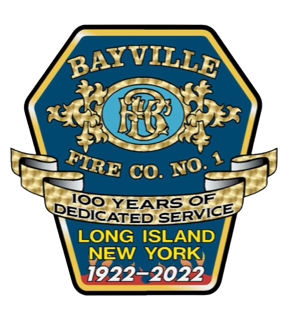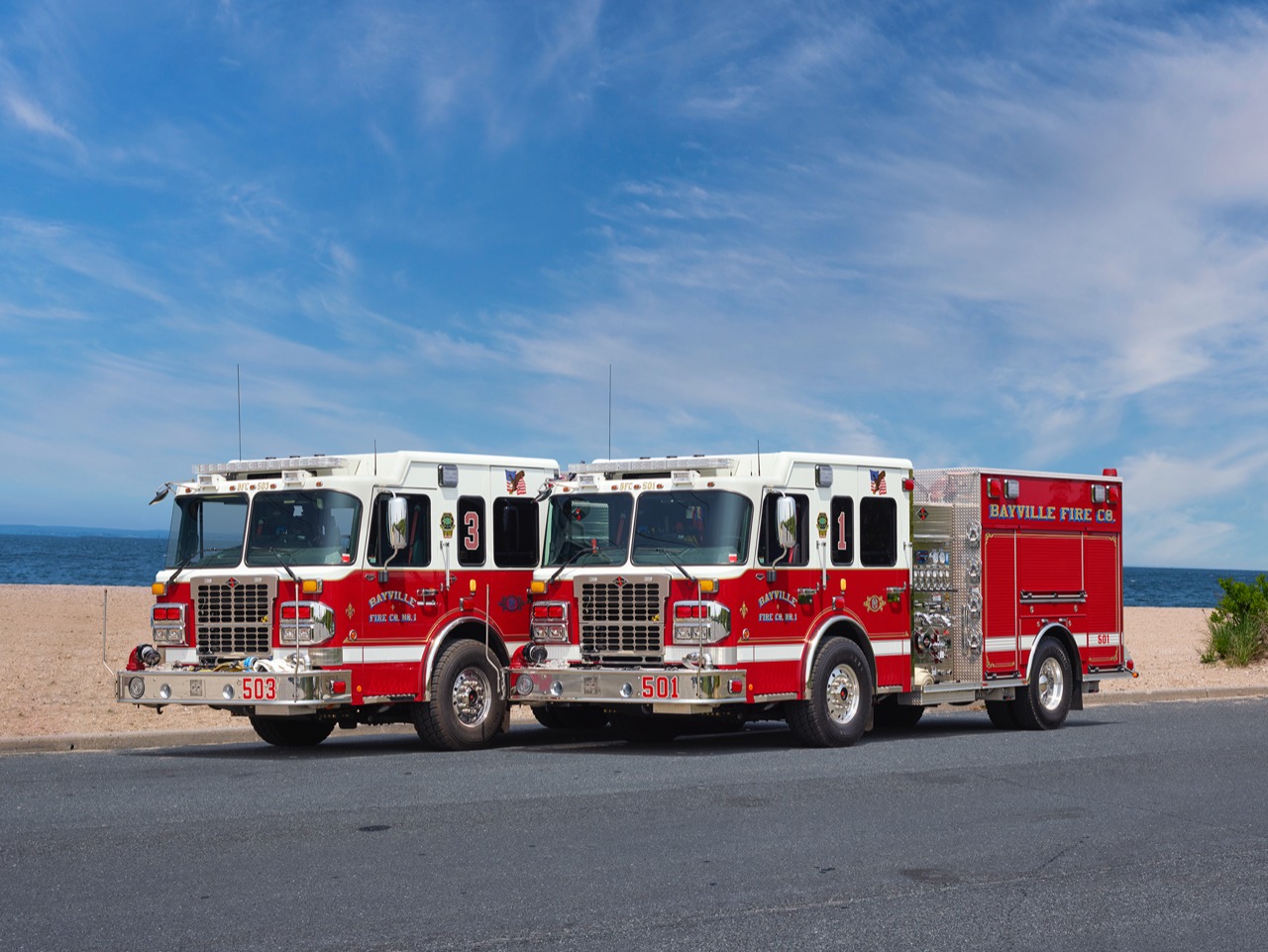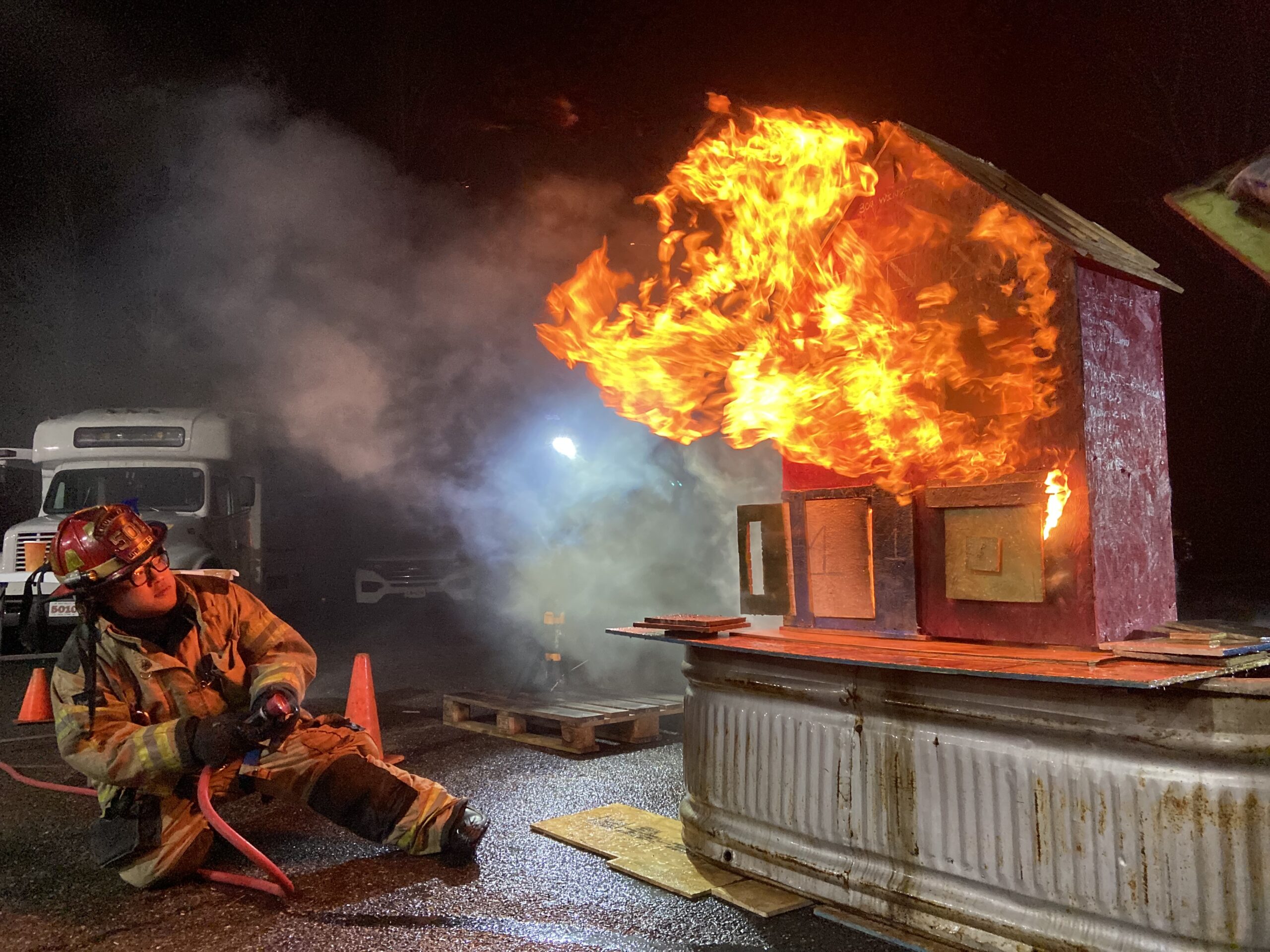Usage of Fire Extinguishers
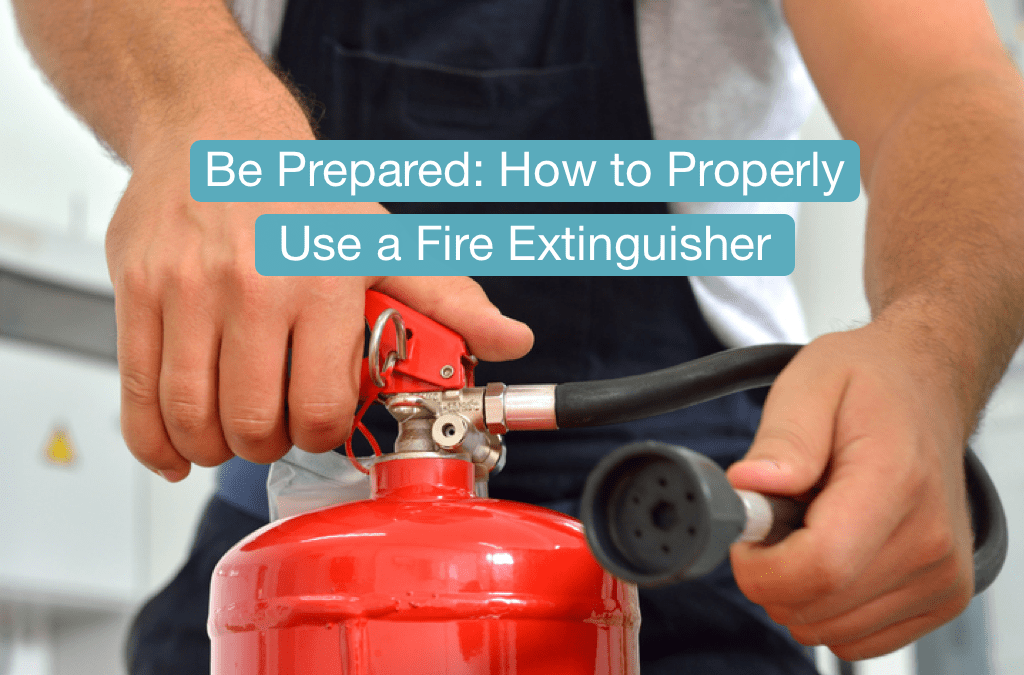
Portable Fire Extinguishers
1. The monthly checks should be documented.2. A fire extinguisher should be inspected and certified annually by a fire protection equipment company3. A complete breakdown and internal inspection must be done every 6 years.4. Both the annual and 6-year inspections shall be done by a fire protection equipment company.5. Very important to maintain your fire extinguishers if you have for your own company or home. Now you might be thinking, I don't even have a fire extinguisher in my home and let alone in my business. Where do I start?
- Tips:
- Consider having one or more working fire extinguishers in your home. An extinguisher rated “A-B-C” is recommended for home use.
- Get training from the fire department or the manufacturers. Some operate in different ways and there is no time to read directions during an emergency.
- Install extinguishers high on the wall, near an exit, and away from heat sources. Extinguishers should be easily accessible to adults trained to use them and kept away from children. Heat may make the contents less effective or lose its charge.
- If you try to use a fire extinguisher on a fire and the fire does not immediately die down, drop the extinguisher, and get out. Most portable extinguishers empty in 8 seconds.
- Look at your fire extinguisher to ensure that it is properly charged. Use the gauge or test button to check that there is proper pressure. Follow the manufacturer's instructions for replacing or recharging fire extinguishers. If the unit is low on pressure, damaged, or corroded, replace it, or have it professionally serviced.
Type of Fire Extinguishers
-
Class A
SOLIDS such as paper, wood, plastics, etc.
-
Class B
FLAMMABLE LIQUIDS such as paraffin, petrol, oil, etc.
-
Class C
FLAMMABLE GASES such as propane, butane, methane, etc
-
Class D
METALS such an aluminum, magnesium, titanium, etc.
-
Class E
Fires involving ELECTRICAL APPARATUS
-
Class F
Cooking OIL & FAT, etc
-
Class A
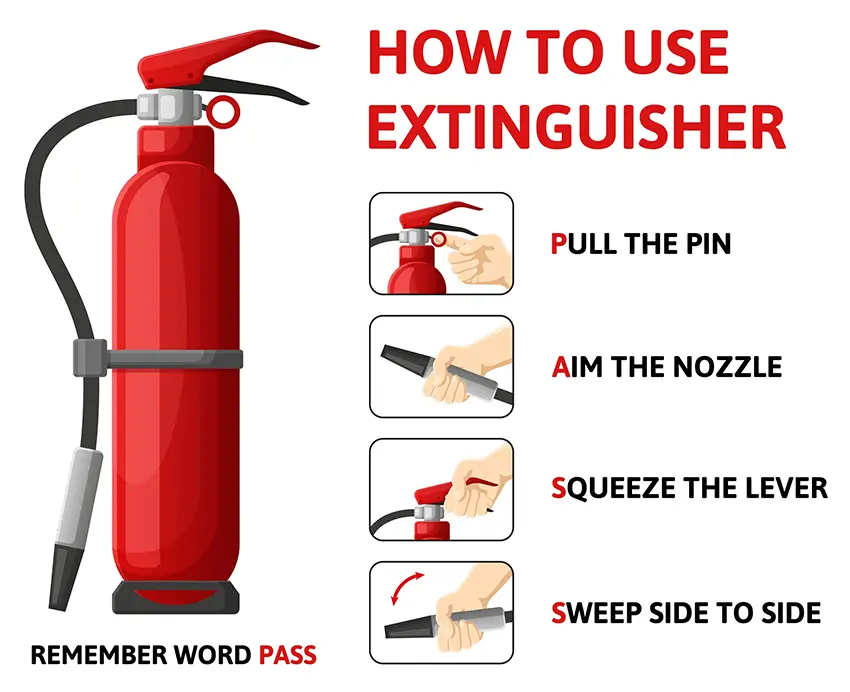 Remember the word "PASS" when using a fire extinguisher:P - Pull the pin and hold the extinguisher with the nozzle pointing away from you.A - Aim low and point the extinguisher at the base of the fire.S - Squeeze the lever slowly and evenly.S - Sweep the nozzle from side to side.Before you begin to fight a fire with a fire extinguisher, be sure that:1. Everyone has left or is leaving the home.2. The fire department has been called.3. The fire is small and not spreading.4. Your back is to an exit you can use quickly.5. There is not much smoke in the room.
Remember the word "PASS" when using a fire extinguisher:P - Pull the pin and hold the extinguisher with the nozzle pointing away from you.A - Aim low and point the extinguisher at the base of the fire.S - Squeeze the lever slowly and evenly.S - Sweep the nozzle from side to side.Before you begin to fight a fire with a fire extinguisher, be sure that:1. Everyone has left or is leaving the home.2. The fire department has been called.3. The fire is small and not spreading.4. Your back is to an exit you can use quickly.5. There is not much smoke in the room.
- Kitchen Exhaust Fire Protection Service. You can prevent fires in several ways.1. Abide by fire department codes2. Abide by the building regulations3. Install and maintain restaurants wet chemical fire suppression system4. Clean your kitchen exhaust system
Part of the fire protection service includes maintenance. Keeping your hood, duct, and fan clean and running properly is the best way to ensure a safe and smooth running kitchen exhaust. Air cleaning precipitators are a good way to prevent unwanted odors. The only way to keep this highly expensive equipment in peak operating order is to clean the filters and change the carbon regularly.
